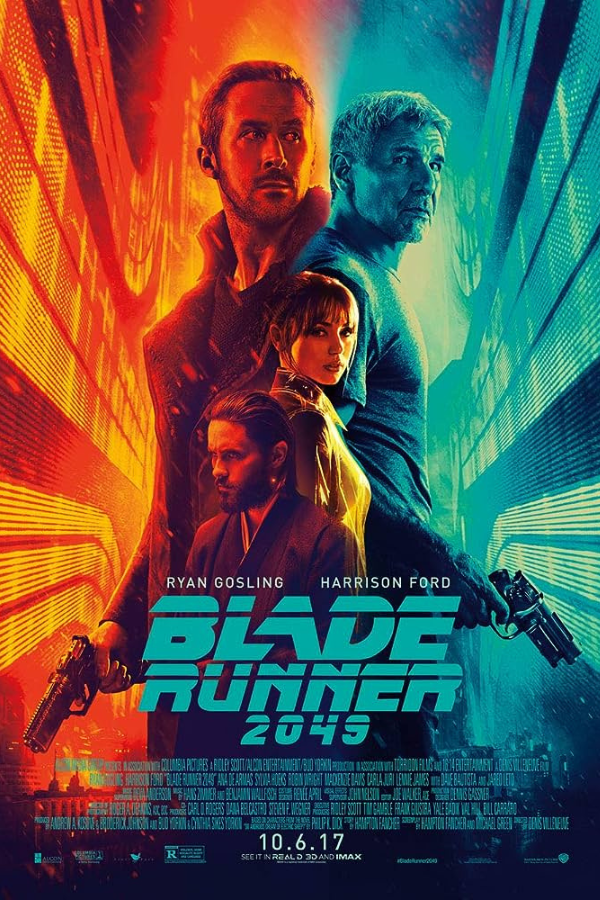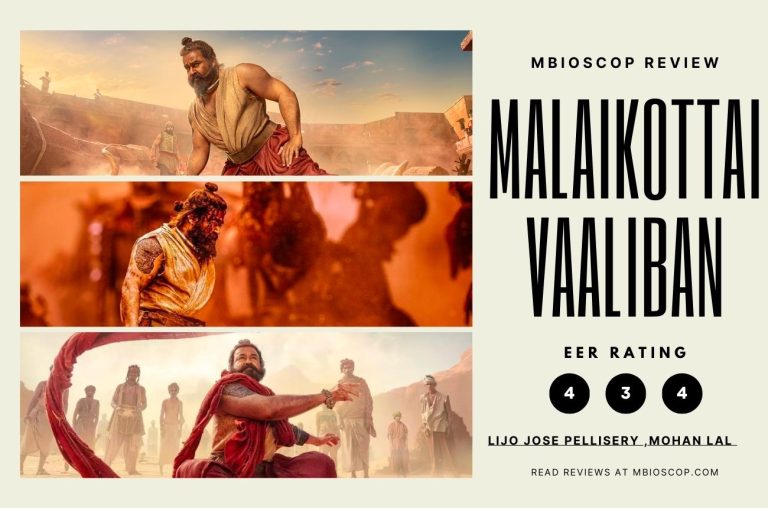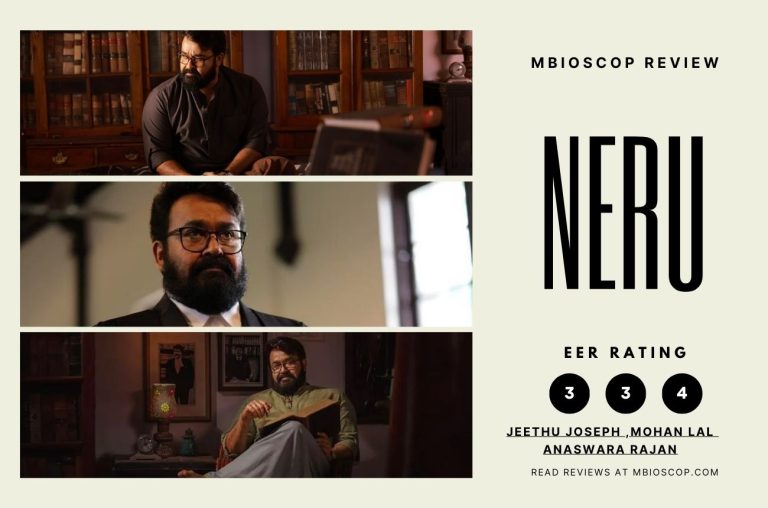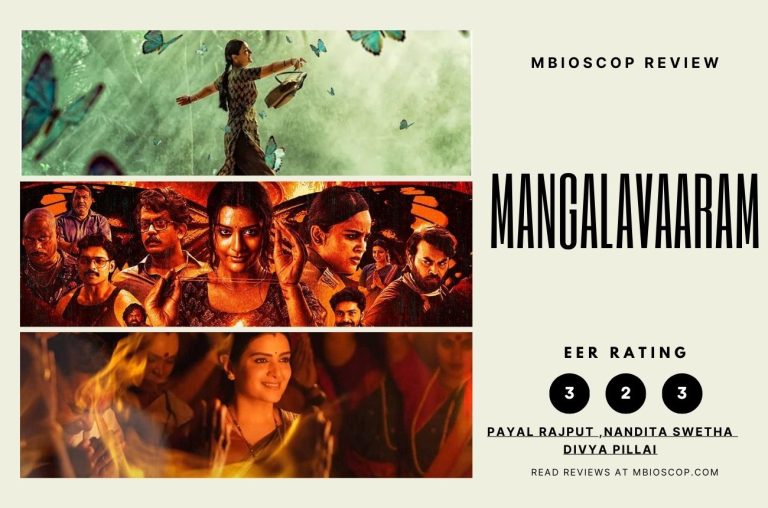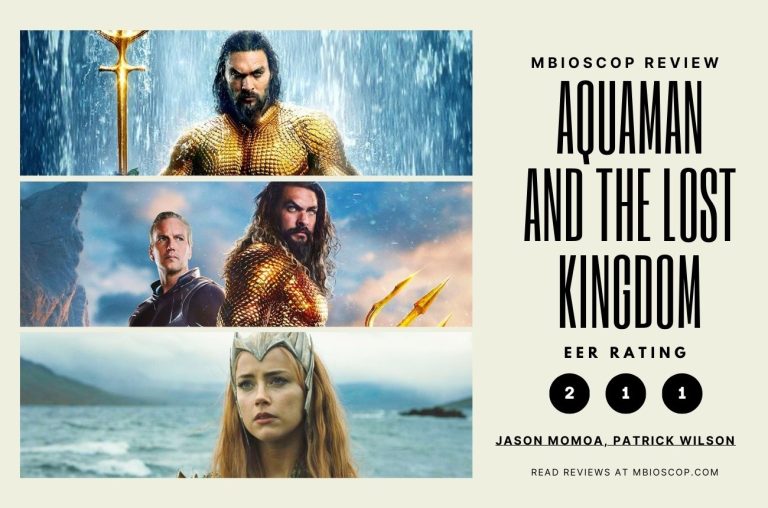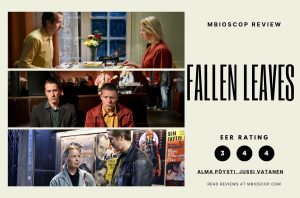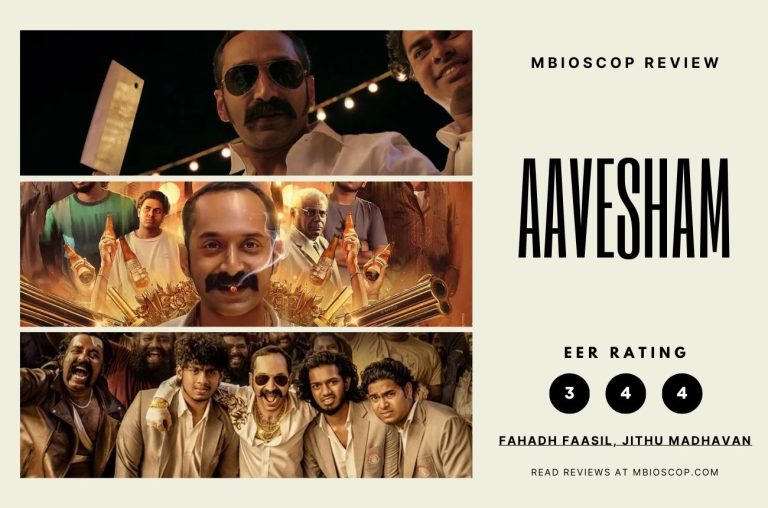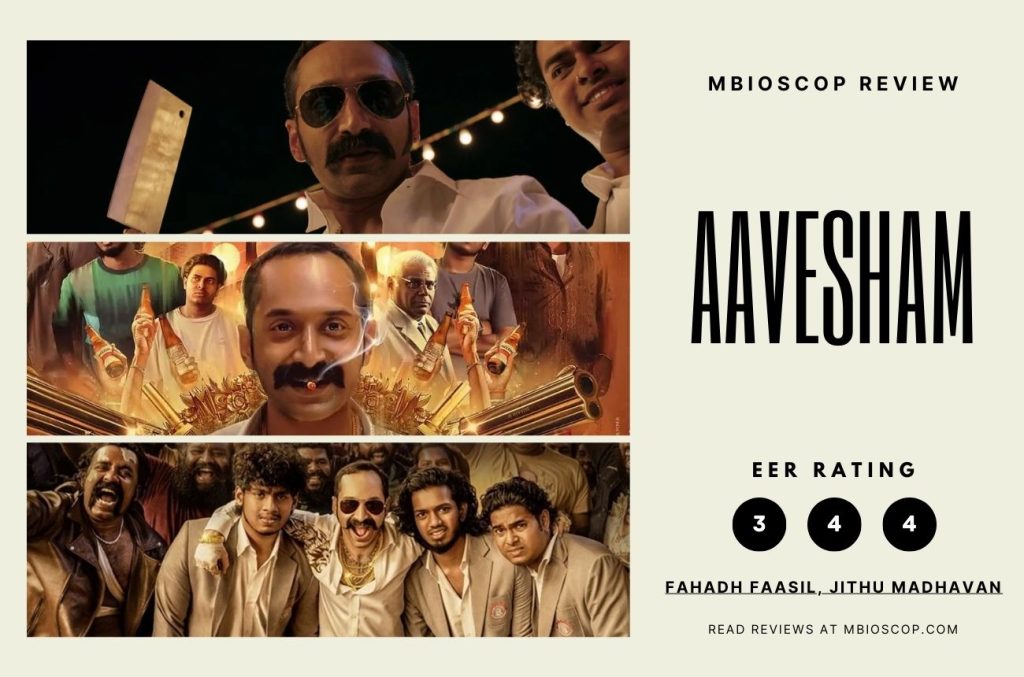In the sprawling landscape of “Blade Runner 2049,” Denis Villeneuve crafts a mesmerizing sequel that not only pays homage to Ridley Scott’s visionary original but establishes itself as a pinnacle in science fiction cinema. This cinematic odyssey traverses profound existential terrain, challenging the boundaries between humanity and artificial life.
The film strategically avoids the need to overhaul the meticulously designed world of its predecessor. Instead, it builds upon the foundation laid by Scott, allowing screenwriters Hampton Fancher and Michael Green to unravel intricate questions about human-android relations. The narrative gracefully evolves, presenting a futuristic Los Angeles that feels both eerily prescient and enduringly futuristic.
Villeneuve’s direction, marked by its deliberate pacing and nods to slow-cinema maestro Andrei Tarkovsky, introduces audiences to a world where the passage of time is a critical element. “Blade Runner 2049” unfolds at a contemplative pace, challenging the rapid-fire expectations of contemporary audiences. This deliberate rhythm, employed successfully in Villeneuve’s previous work like “Arrival,” immerses viewers in a rich exploration of the soul’s intricacies.
Clocking in at 2 hours and 44 minutes, the film meticulously crafts each second, offering a visually stunning experience. The collaboration between Villeneuve, acclaimed cinematographer Roger Deakins, and the design team led by Dennis Gassner results in a dystopian future vividly painted with amber, neon hues, and stark fluorescent white. This departure from traditional film noir colors adds depth to the narrative, reinforcing the film’s departure from convention.
The film’s exploration of Philip K. Dick’s speculative-fiction novel, “Do Androids Dream of Electric Sheep?” takes center stage, marking a departure from Ridley Scott’s prolonged attempts to address its central question. Villeneuve, operating from the premise that androids dream of being human, weaves a 21st-century Pinocchio story. This narrative thread forms the core of the film, offering a poignant exploration of authenticity and the desire for genuine existence.
Ryan Gosling’s portrayal of Officer KD6-3.7 adds a layer of mystery and complexity to the narrative. Gosling, in his return to a somewhat off-putting zero-emotion mode reminiscent of “Drive” and “Only God Forgives,” navigates the role with a naturally charismatic coolness. His character, “K,” becomes a rule-abiding Blade Runner entangled in the delicate balance between humans and the burgeoning class of android slaves.
The supporting cast, predominantly female and standout performances, adds depth to the narrative. Robin Wright’s LAPD Lt. Joshi, portrayed with “House of Cards” severity, becomes a memorable presence. Israeli-Palestinian actress Hiam Abbass, in a small but impactful role, draws attention to her performance in “In Syria.” Each character contributes to the intricate tapestry of a world teetering on the brink of societal upheaval.
Set in 2049, the film unveils a world where environmental degradation has transformed landscapes. Sea levels have risen, air quality has deteriorated, and waste has transformed once-vibrant regions into scrap heaps. Despite these changes, the essence of humanity, and the struggle between humans and replicants, remains a constant thread.
As Officer K embarks on a routine mission, the narrative takes a dramatic turn, unveiling a discovery that threatens the fragile equilibrium between humans and replicants. Villeneuve seamlessly weaves elements from the original film into the narrative, introducing a carved wooden horse as a signature object. The electromagnetic pulse wiping out digital records in the “Blackout” of 2022 adds layers of complexity, forcing K into a journey of old-fashioned sleuthing.
Villeneuve and Deakins excel in portraying the transformed western United States, a grungy country controlled by powerful business interests. The decline of the Tyrell Corporation, now controlled by the reclusive Niander Wallace (Jared Leto), adds layers to the narrative. Wallace’s pursuit of replicant innovation and the desire for synthetic humans to reproduce themselves become central themes, echoing the underlying phobia in Ridley Scott’s “Alien” prequels.
The film’s science-fiction framework invites multiple interpretations, drawing an obvious parallel to historical slave-holding societies. The film explores the rationalization of mistreatment based on dubious claims of superiority. K’s realization of his replicant identity adds a Christ-like dimension, emphasizing the uncanny ability of replicants to delude themselves.
Joi, the holographic companion designed for pleasure and portrayed by Ana de Armas, becomes a focal point for exploring identity and emotions within the realm of artificial intelligence. Opposite Gosling’s reserved performance, Joi, along with other characters like Luv and the enigmatic “memory maker” portrayed by Carla Juri, represents the soul of the film. Their individual journeys contribute to the overarching exploration of what it means to be human in a world where synthetic beings yearn for authenticity.
“Blade Runner 2049” transcends the conventional boundaries of a sequel, standing as a cinematic masterpiece. Villeneuve’s meticulous approach, coupled with outstanding performances, stunning visuals, and a thought-provoking narrative, ensures its place among the greats. The film invites audiences to reflect on the essence of humanity, the blurred lines between artificial and authentic existence, and the indelible mark left on the science fiction genre.


